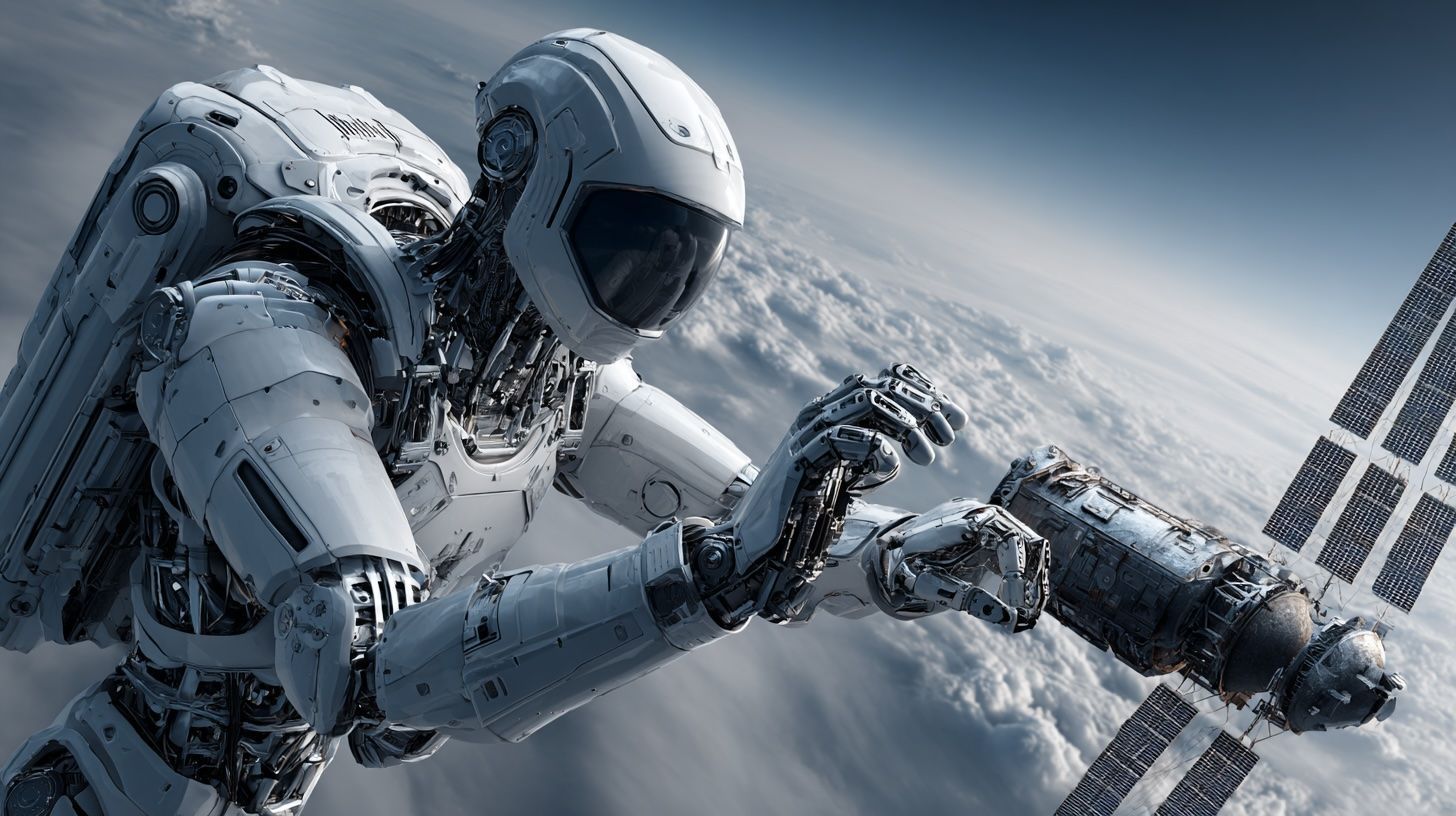
Artificial Intelligence in Satellite and Space Systems
In May 1999, NASA’s Deep Space 1 operated for three days with the Remote Agent AI, planning activities and diagnosing simulated faults autonomously. From 2001 to 2004, NASA’s EO-1 carried the Autonomous Sciencecraft Experiment (ASE), using onboard machine learning and